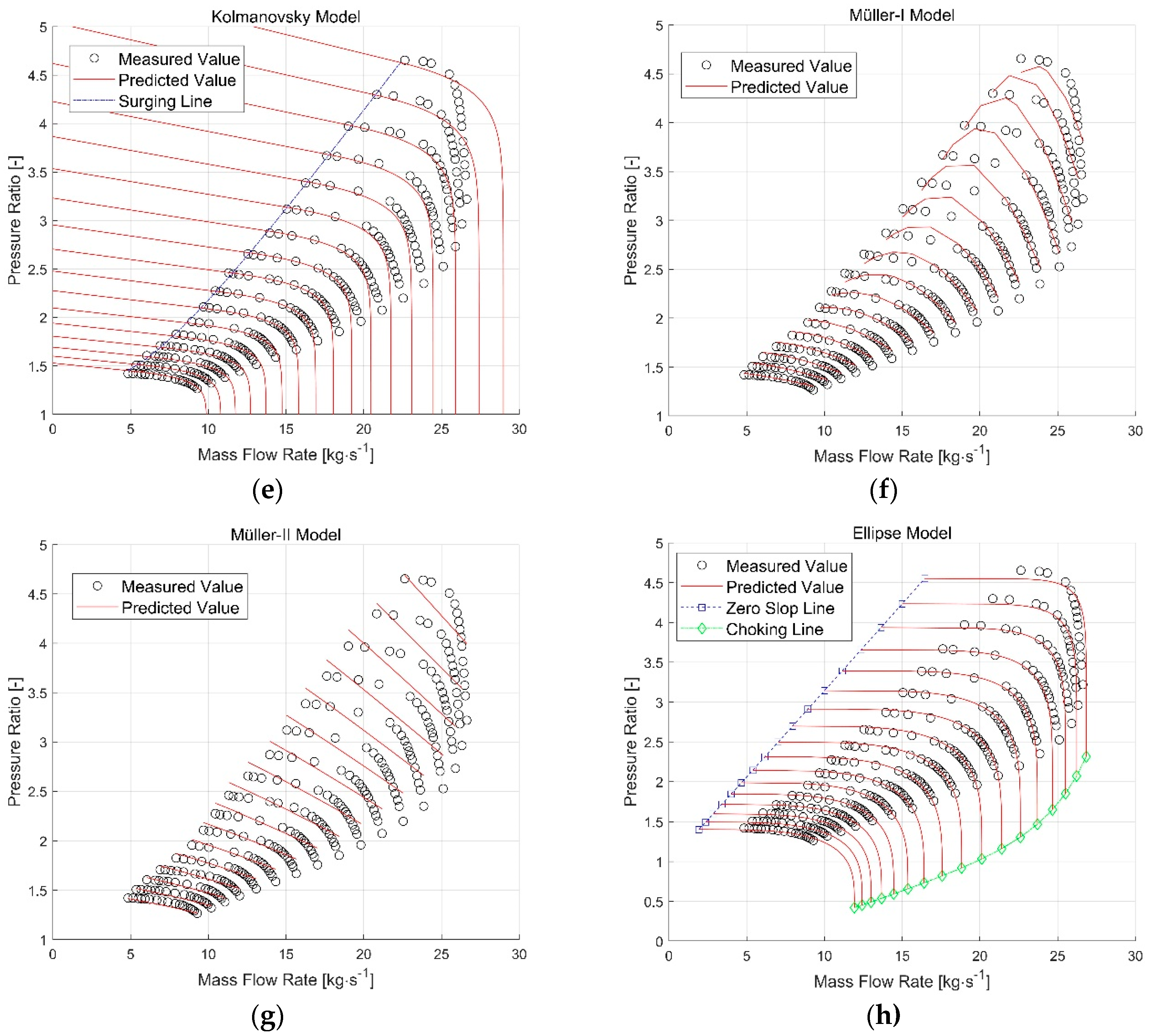

Many research institutions have studied on this issue that mainly focus on the boiling heat transfer coefficient of the two-phase field, critical heat flux, dry-out point, two-phase flow pattern and pressure drop model. More noticeable microscale effect can be observed in narrow passageway. However, when the hydraulic diameter is smaller than 3mm, the two-phase flow and heat transfer regulation differs from the normal size. CO 2 can cover the shortage of microchannel heat exchanger due to its low ratio between liquid and gas density. Compared to the traditional heat exchanger, the microchannel heat exchanger is usually smaller and higher heat transfer coefficient, but it’s pressure resistance and drop is higher, which may easily cause congestion and imbalanced distribution of fluid. The main devices of heat transfer in the refrigerating cycle of CO 2 have been going through the development from the finned tube style to the microchannel style. So, this method can greatly improve the heat transfer effect of the CO 2 microchannel evaporator. Corresponding simulation results showed that 37.5% area of the original experimental device can still achieve 90.5% heat transfer rate of the former one.
#Pro ii simulation two compressor result series
Then, structural optimization has been made by utilizing two-stage series evaporators. Therefore, the dry-out point should be postponed for better performance. Meanwhile, the dry-out point also has an important impact on heat transfer performance: before the dry out happens, the heat transfer coefficient of the CO 2 increased with higher air temperature, relative humidity and velocity, while after the dry out occurs, there has been a drastic decline of convective heat transfer coefficient. It was shown that air velocity has the greatest impact on heat transfer effect, followed by air temperature, and air humidity at last. And then the heat transfer characteristics in microchannel evaporator were simulated under different inlet air parameters.

Simulation results showed little discrepancy with pervious experimental data which validates the model. Simulating model based on a specific CO 2 microchannel evaporator was established through control volume method with MATLAB, in which both wet and dry conditions for air side, and two-phase and over-heat zones for CO 2 side have been considered during the evaporative process.

Lv Jing College of Environment and Building, University of Shanghai for Science and Technology, Shanghai, PR. China CO 2, Heat transfer characteristics, Microchannel evaporator, Simulation model Li Guo College of Environment and Building, University of Shanghai for Science and Technology, Shanghai, PR. China Fu Yijun College of Environment and Building, University of Shanghai for Science and Technology, Shanghai, PR. China


 0 kommentar(er)
0 kommentar(er)
